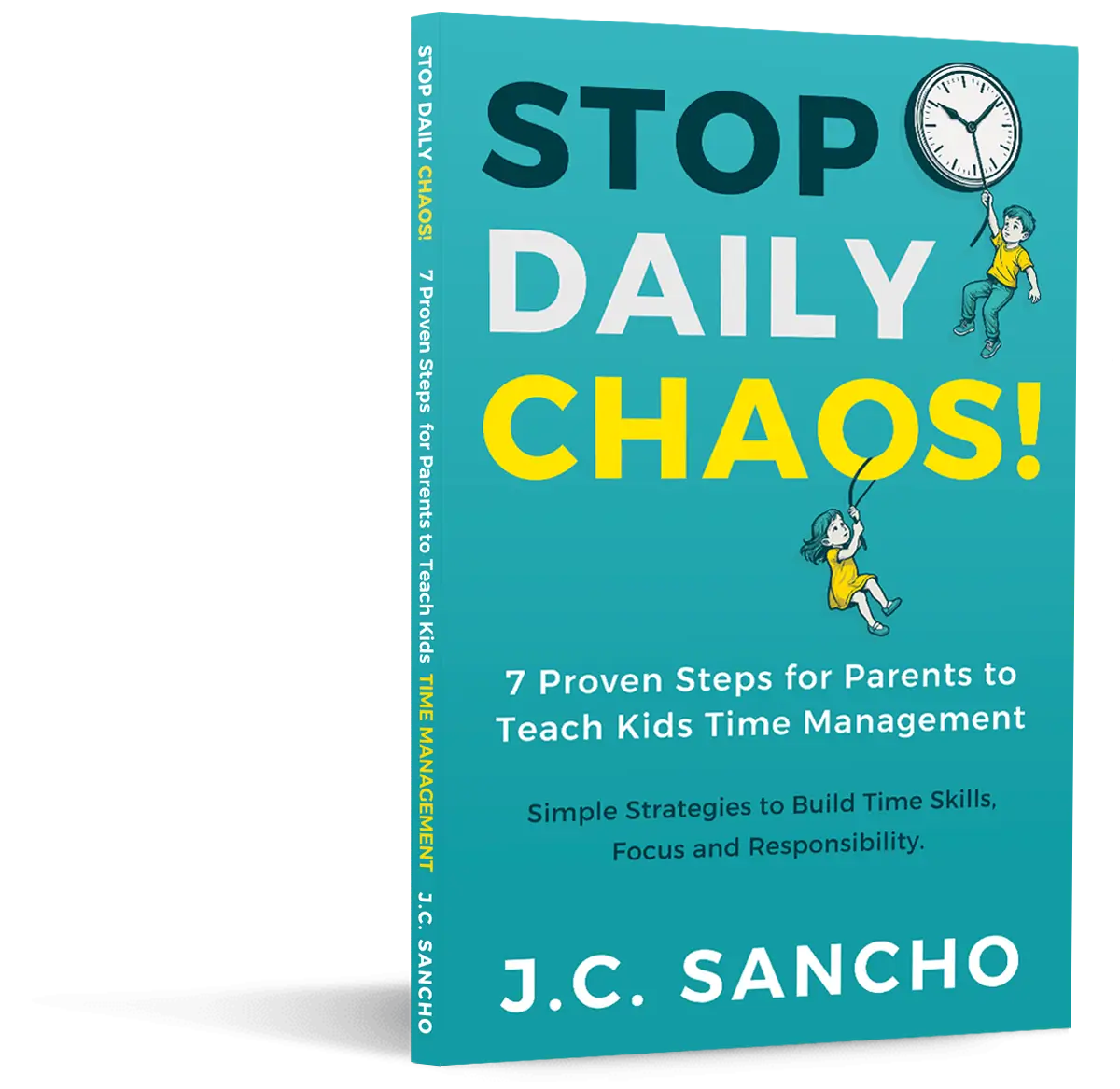Air travel with babies and toddlers brings a special kind of anticipation. You picture the destination, the memories you’ll make, and the joy of sharing new experiences with your child. Then the other picture appears — the airplane cabin, the tight seating, the unpredictable schedule, and the pressure of keeping a little one calm at 36,000 feet. Those mixed feelings are real for every parent. With the right preparation and mindset, flying with young children becomes manageable, predictable, and even enjoyable.
This guide gives you a clear, parent-tested roadmap for navigating airports, boarding, in-flight routines, ear pressure, meltdowns, and the logistics that turn many parents into travel strategists. You’ll learn what to pack, how to prepare your child, and what to do when challenges unfold mid-flight.
Why Air Travel With Babies and Toddlers Requires a Plan
Flying introduces sensations and limitations that are unfamiliar to young children. They have less control over their environment, fewer emotional regulation tools, and strong reactions to discomfort. When parents understand the unique stresses of flying — and prepare for them — the experience becomes far smoother for everyone involved.
Key stressors for young travelers include:
- Cabin pressure changes during takeoff and landing.
- Restricted movement and long periods of being seated.
- Overstimulation from noise, lights, and crowds.
- Disruptions to eating and sleeping routines.
- Strangers in close proximity and limited personal space.
Your child’s behavior during a flight reflects this sensory overload, not a lack of cooperation. With preparation, you can reduce stressors and shape the experience into something manageable.
How to Prepare Before the Trip
Successful flights with young children start long before you reach the airport. The more predictable the process feels to your child, the smoother your travel day becomes.
Talk About the Trip Ahead of Time
Toddlers benefit from simple explanations about the experience. Describe the airport, security, boarding, and sitting in the plane. Introduce new concepts slowly, without overwhelming detail.
Useful phrases include:
- “The airplane will be loud when it starts, but we’ll be together.”
- “We sit buckled in like we do in the car.”
- “You can bring your favorite toy on the plane.”
Children who know what to expect feel more secure and less reactive during transitions.
Build a Practice Routine at Home
Your child may be more willing to cooperate when routines feel familiar. Practice sitting in a chair “like an airplane seat,” buckling a pretend belt, wearing headphones, or doing quiet activities in a small space. This gives young children a reference point when the real moment arrives.
Time Flights Around Sleep When Possible
Every child is different. Some sleep well in transit; others stay alert for the entire journey. If your child sleeps easily in motion, a naptime or evening flight may help. If they tend to fight sleep, aim for a morning flight when they are rested and more regulated.
Packing Smart: What to Carry Onboard
A well-packed carry-on transforms the in-flight experience. Think of your bag as your command center — organized, accessible, and prepared for anything.
Essentials:
- Diapers — pack more than you think you’ll need.
- Wipes — for diaper changes, messes, and quick cleanups.
- Changing pad — airplanes have limited surfaces.
- Baby-safe disinfecting wipes for seat surfaces and trays.
- Extra clothes for both your child and yourself.
- Formula, breastmilk, bottles, or sippy cups as needed.
- Snacks that are easy to open and not messy.
Comfort Items:
- A favorite blanket.
- A small stuffed animal.
- A pacifier or teething toy.
Entertainment:
- Board books.
- Soft crayons and a small notebook.
- Reusable sticker books.
- Downloaded shows or apps on a tablet.
- Child-size headphones.
Always pack with accessibility in mind. Store essentials in the seatback pocket or under-seat bag, not overhead.
Managing Ear Pressure During Takeoff and Landing
Ear pressure discomfort is one of the most common triggers for crying on airplanes. Babies and toddlers often don’t know how to pop their ears, which makes pressure changes feel intense.
To ease discomfort:
- Offer a bottle, pacifier, or breastfeed during takeoff and landing.
- Offer a snack such as crackers or a pouch for toddlers.
- Encourage frequent swallowing — humming, sipping, or chewing helps.
- Avoid sleeping through descent if your child wakes up distressed by ear pain.
A calm, well-timed feeding routine transforms the pressure change from a trigger into a manageable moment.
Keeping Your Baby or Toddler Entertained In-Flight
Young children have limited patience for confinement. The goal is not to entertain them nonstop, but to rotate simple, calming activities throughout the flight.
Effective entertainment options include:
- Finger puppets.
- Interactive board books.
- Reusable water-reveal coloring books.
- Small toys they have never seen before — “novelty buys attention.”
- Simple games like pointing out objects on the plane or in the window.
Rotate activities every 10–20 minutes as needed. Toddlers thrive on variety, not complexity.
Navigating Tantrums and Crying at 30,000 Feet
Every parent fears a mid-flight meltdown, but tantrums are normal toddler behavior, even on airplanes. Your goal isn’t to prevent all distress — it’s to stay regulated enough to help your child through it.
During tantrums:
- Stay calm and keep your voice steady.
- Offer comfort through touch, eye contact, or gentle rocking.
- Shift positions if possible — standing in the aisle during calm periods can help reset emotions.
- Use predictable phrases like “I’m right here” or “I know, this is hard.”
Most passengers are sympathetic, especially those who have traveled with children. Your composure matters more than the volume of the tantrum.
Handling Common Travel Challenges
When Your Baby Won’t Stop Crying
Try:
- Offering a feeding.
- Changing positions or holding them upright.
- Using white noise near their ear.
- Walking the aisle with them when allowed.
Crying is communication, not failure. Many babies cry during flights — you’re not alone.
When Your Toddler Refuses to Sit Still
Use phrases that acknowledge their frustration while maintaining boundaries:
- “You want to move. We can walk again when the seatbelt sign turns off.”
- “Let’s wiggle our feet and hands right here for now.”
Physical movement helps toddlers stay regulated, even in small bursts.
When Diaper Changes Become Complicated
Most airplanes have fold-down changing tables in the lavatory, but space is tight. Prepare for efficiency:
- Bring a compact diaper kit instead of the full diaper bag.
- Pre-open wipes before entering the restroom.
- Use disposable changing pads.
Advanced Tips That Make Travel Significantly Easier
- Request bulkhead seating for extra floor space if available.
- Board last to reduce confinement time for toddlers.
- Dress your child in layers — airplanes fluctuate in temperature.
- Use a lightweight stroller that folds quickly and can gate-check with ease.
- Bring a baby carrier for hands-free movement through the airport.
- Pack a complete spare outfit for yourself — leaks and spills happen.
These small adjustments often determine whether your flight feels chaotic or controlled.
Frequently Asked Questions
How do I keep my baby comfortable for long flights?
Stick to familiar routines: feed on demand, respond to cues quickly, use comfort items, and let them sleep whenever they’re ready. Predictability helps babies feel secure even in unfamiliar environments.
What if my toddler cries for a long period?
Stay calm, offer comfort, and rotate soothing strategies. Step into the aisle or lavatory area for a quiet moment when permitted. Emotional support from you reduces the duration of distress.
Can I bring formula, breastmilk, or baby food through security?
Yes. TSA allows medically necessary liquids for infants in reasonable quantities. Keep them accessible for screening and notify the agent when you reach the checkpoint.
How do I handle sleep schedules across time zones?
Adjust slowly. Follow your child’s natural cues for the first 24 hours, then shift naps and bedtimes closer to the new time zone.
A Final Note to Parents
Flying with babies and toddlers requires patience, flexibility, and preparation — and you’re fully capable of navigating it. Every parent has felt the stress of boarding with a little one, and every flight becomes easier with experience. Focus on comfort, connection, and meeting your child’s needs one moment at a time.
You’re building memories, modeling calm under pressure, and teaching your child that the world is a place worth exploring.
Further Reading
- American Academy of Pediatrics – Travel Safety for Infants and Children
- Centers for Disease Control and Prevention – Family Travel Tips
- Mayo Clinic – Air Travel With Infants and Toddlers
This article is intended for educational purposes and does not replace professional medical advice.



